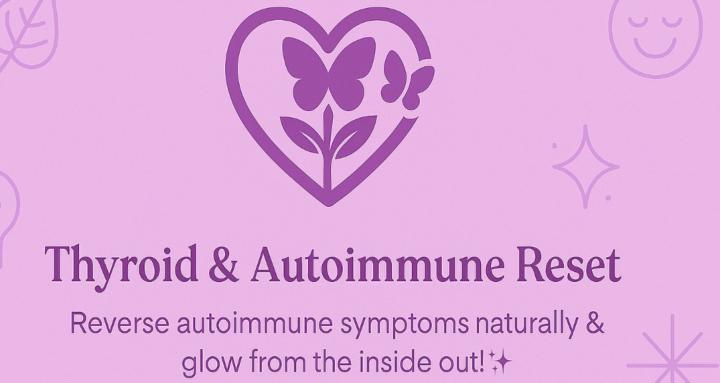5d • General discussion
🧂 Iodine, Hashimoto’s & My Experiment
Iodine is an essential mineral = the body can’t make it, so we must get it from food.
It’s crucial for:
- 🦋 Thyroid hormones (T3 & T4)
- 🧠 Brain and nervous system development
- ⚡ Metabolism and energy
- 👩🍼 Reproductive health (ovaries, breasts, pregnancy)
📌 General guidelines:
- Daily requirement: ~0.15 mg (150 mcg) for adults
- Upper safe limit: ~1.1 mg (1100 mcg)
Too little or too much iodine can cause thyroid issues, especially in Hashimoto’s.
🔹 Other scientifically supported benefits of iodine:
- Has antimicrobial effects (kills certain bacteria when applied topically)
- Supports thyroid-related metabolism and hormone balance, which can indirectly improve energy, focus, and overall immune resilience
- Can help reduce buildup of halogens like fluoride and bromide in the body by competing with them for absorption
🔹 My personal experience
After implementing core strategies for about 2 years, I recently experimented with 1–3 mg of Lugol’s drops and noticed:
- Brain fog cleared
- Energy levels improved
I’m not recommending this, just sharing what I observed!
🌍 Why people might not get enough iodine:
- Soil in many inland regions is naturally low in iodine
- People who don’t eat iodized salt, seaweed, fish, dairy or eggs may not get enough
- In contrast, Japan has naturally high iodine intake from seaweed, often 1–3 mg per day, sometimes more…
⚠️ Important notes:
- Most health organizations advise against going above 1.1 mg/day for adults
- This is not something to try at the beginning of your healing journey. It’s safer to first do a reset (at least 6 weeks), implement core strategies and maybe see improvement in labs. Only then, if you feel stable, you might carefully experiment at your own risk
👉 Iodine can be supportive for some and triggering for others with Hashimoto’s. It’s best approached with caution, awareness and ideally lab testing.
✨This is the exact solution I used:
2
1 comment
powered by

skool.com/thyroid-autoimmune-reset-1627
Get lean, strong and symptom-free ✨ Only for women with Hashimoto’s or Hypothyroidism
Suggested communities
Powered by
